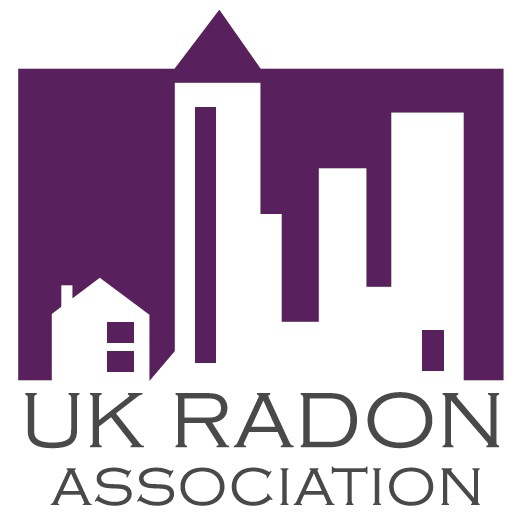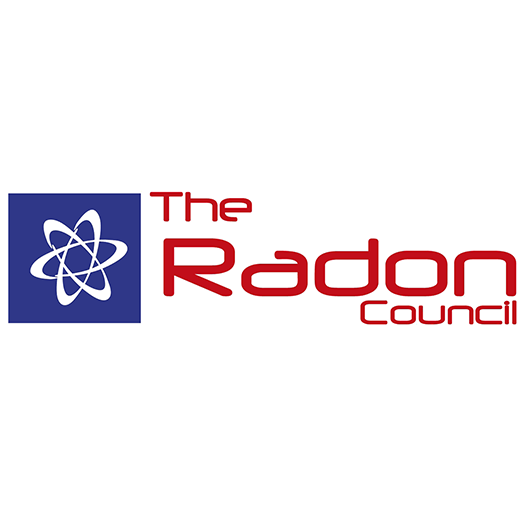We are at the beginning of the radon measurement season in most European countries, so we thought it would be helpful to provide some tips on how to reduce the risk of remeasurement. Bear in mind that the main cost involving radon measurement relates to the time it takes to place and collect radon detectors. Also take into account the cost of radon consultants in any remeasurement process. In the event of detecting elevated radon levels, a radon consultant should be hired to reduce levels – this entire process is more efficient if the initial measurement has been thorough.
“Every measurement season, we see many examples of companies ordering radon measurement products without first consulting with an expert on how to effectively measure a workplace. As you would expect, this leads to a greater risk of error and in turn leads to the possibility that a remeasurement might need to be conducted. As with many things, it is more cost effective to get it right from the start”, said Karl Nilsson, CEO of Radonova Laboratories.
From the outset follow the right guidelines
To ensure that the measurement is done correctly and provides industry recognised results, we recommend that employees conducting and managing the process follow the guidelines outlined by the International Radon Measurement Association (IRMA).
Yes, this will result in more measuring points than other standards. However, it will mitigate the risk of missing spaces, consequently reducing the likelihood of an expensive and time consuming remeasurement.
Elevated radon levels are unpredictable
If you study Radonova’s statistics, you will find that measurements do not follow a specific pattern in regard to identifying elevated radon levels, in apartment buildings for example. The main reason for this is business premises generally have more advanced ventilation systems. This can give rise to variations in local radon level results. The statistics also show that similar workplaces, in different locations, can have very different radon levels. You can also expect fluctuating radon levels on different floors or locations. This is why organizations should measure to industry recognized standards to ensure that results are comprehensive and reliable. Do not fall into the trap of not deploying enough detectors in the workplace – it’s more expensive in the end.
Make sure employees have clear and detailed information
When it comes to measuring radon in the workplace, don’t underestimate the human factor. Our advice is to measure in such a way that each employee feels safe and understands what radon content they are exposed to. If a measurement doesn’t follow the correct guidelines it creates uncertainty, as the results cannot be relied on. Aside from the psychological factors, it is also not possible to predict with certainty that areas or buildings are “radon-safe”. This is because radon content can differ from floor to floor. By providing employees with reliable information, companies can reduce dissatisfaction and avoid the possibility of further measurements.
More information about workplace measurements can be found here:
https://radonovalaboratories.com/frequently-asked-questions-about-radon-measurement-in-workplaces/








